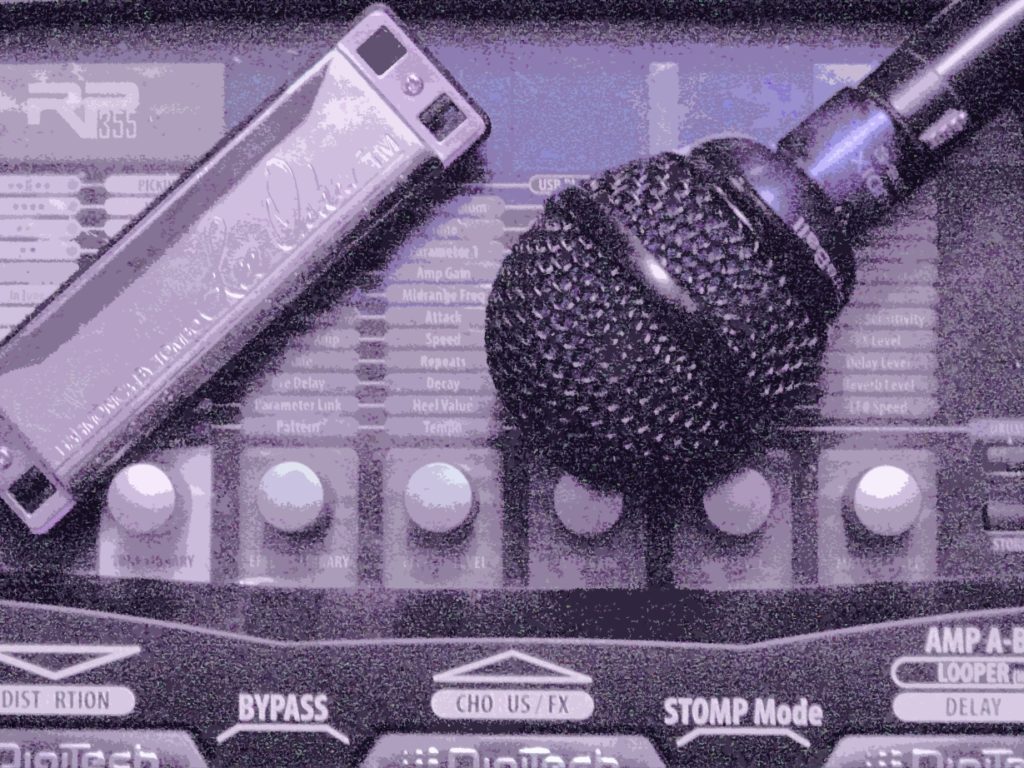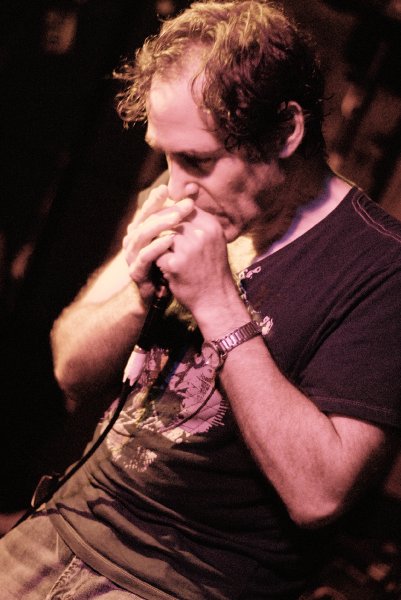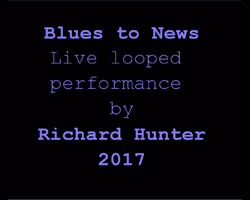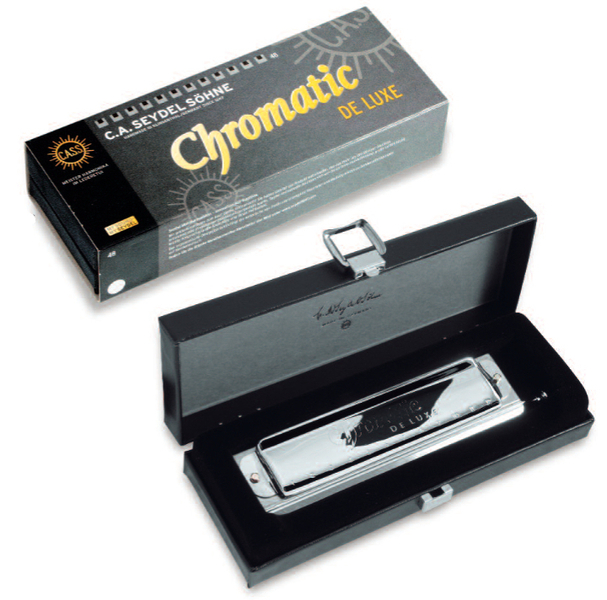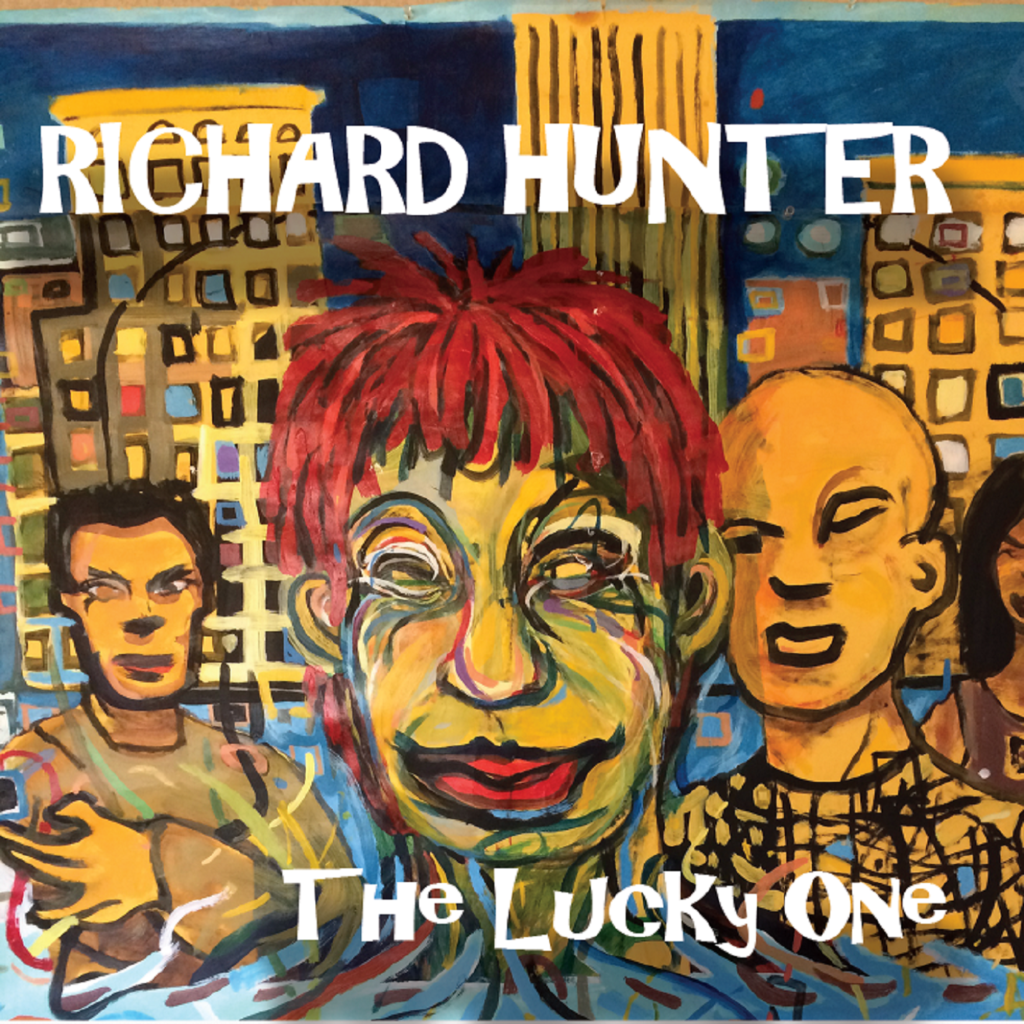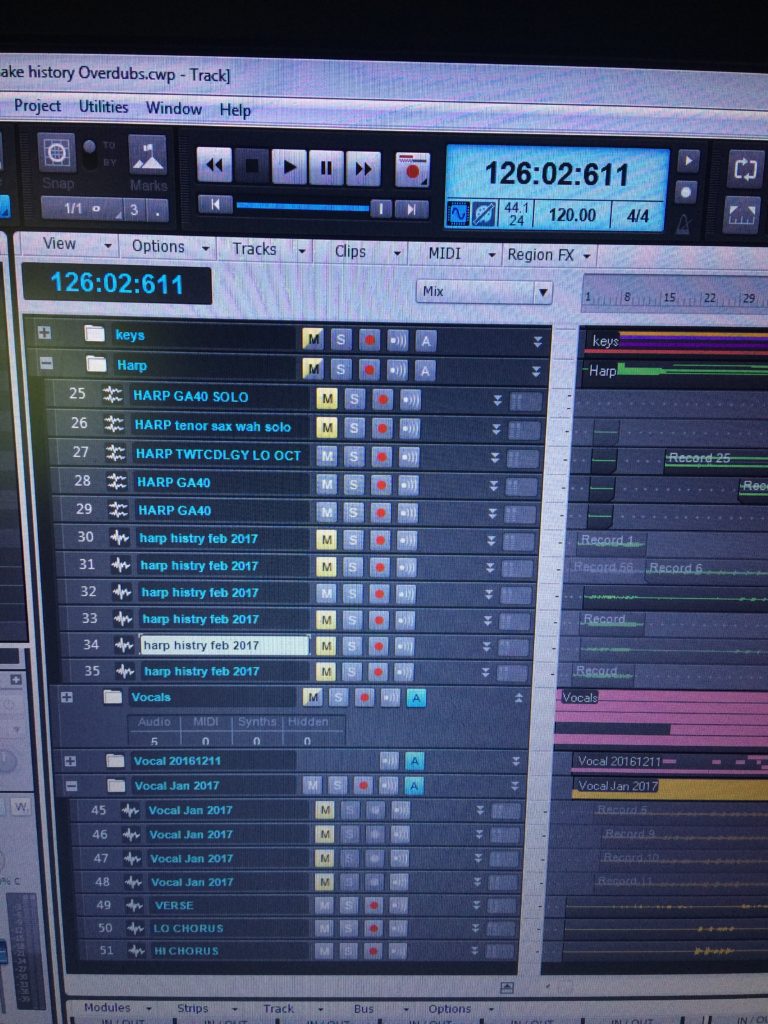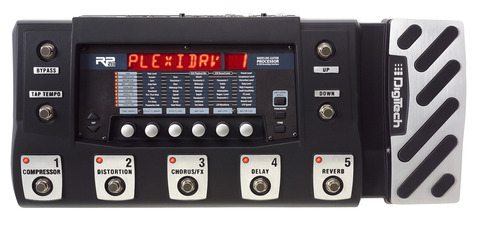Another Live Take on “Blue Future”
I recorded this take on my piece “Blue Future,” complete with vocals, last night. A studio version of “Blue Future” can be found on my EP of the same name (see below).
Richard Hunter jams on “I Shot the Sheriff” with the Murphy’s Pub House Band
Monster Rock Harp: “Blues to News”
10 minutes plus of some of the most intense and original live rock harmonica ever recorded. Live performance with looper by Richard Hunter, 2017. Lee Oskar Natural Minor harmonica into an Audix Fireball V mic into a Digitech iStomp running the Swingshift polyphonic pitch shifter,…
How I recorded “Put The Lever Down” (2017 version)
Where “Put the Lever Down” came from I wrote the lick and harmony on which “Put the Lever Down” is based while I was hanging out in my car at one of my daughter’s skating meets around 1981, playing with a Dorian Minor tuned diatonic…
How I Recorded the Effected Chromatic Harps for My Instrumental Love Song “Deeper”
I released my first recorded version of “Deeper” in 2002-3, when I had just started a series of monthly releases of free original pieces for harmonica. The recording of this song that I made for my record “The Lucky One” represents the first time that…
How I recorded the alien harmonica on my cover of Morphine’s “Early to Bed”
I love Morphine–the band, not the dope. I also loved Treat Her Right, Mark Sandman’s band prior to Morphine, with harmonica and vocal ace Jimmy Fitting (now performing with Session Americana in Boston) among others filling out the roster. Both bands featured unconventional instrumentation, Treat…
How I Wrote and Recorded “Why Should I Make History”
How I wrote “Why Should I Make History” Thanks for checking out my series on the harps and FX I used to record “The Lucky One!” If you haven’t heard the rest of the pieces in this series, check the record out on CDBaby. I’ve…
The Harps and FX I Used to Record “96 Tears”
“96 Tears,” the cover song that closes my record “The Lucky One,” is a perfect teenage-stupid song about unrequited love (and self-pity, of course–it’s a teenage-stupid song!). The original is as messy (the organist makes an outright mistake at one point, and the structure is…
The Harps and Gear I Used to Record “50 Grand”
“50 Grand” is the only piece on my record “The Lucky One” that has something close to a standard 12-bar blues structure. I broke up the 12-bar form with a vamp that includes a cool harmonica horn section, and the lyric structure–unlike a typical blues–does…
How I recorded “The Road Out of Here”
“The Road Out of Here†is inspired by Bob Dylan and Jackson Browne—I think of “Highway 61 Revisited†by the former and “Redneck Friend†from the latter. In style and to some extent theme (one verse is about lyin’ and cheatin’) it’s some kind of…
WHAT’S NEW
Categories
- Audio/Video
- Blog
- Blue Future
- Digitech RP Tricks and Tips
- Discography, CDs, Projects, Info, Notes
- Featured Video
- For the Beginner
- Gallery
- Hunter's Effects
- Hunter's Music
- Huntersounds for Fender Mustang
- Meet the Pros
- More Video
- MPH: Maw/Preston/Hunter
- My Three Big Contributions
- Player's Resources
- Pro Tips & Techniques
- Recommended Artists & Recordings
- Recommended Gear
- Recorded Performances
- Reviews, Interviews, Testimonials
- The Lucky One
- Uncategorized
- Upcoming Performances
- Zoom G3 Tips and Tricks
